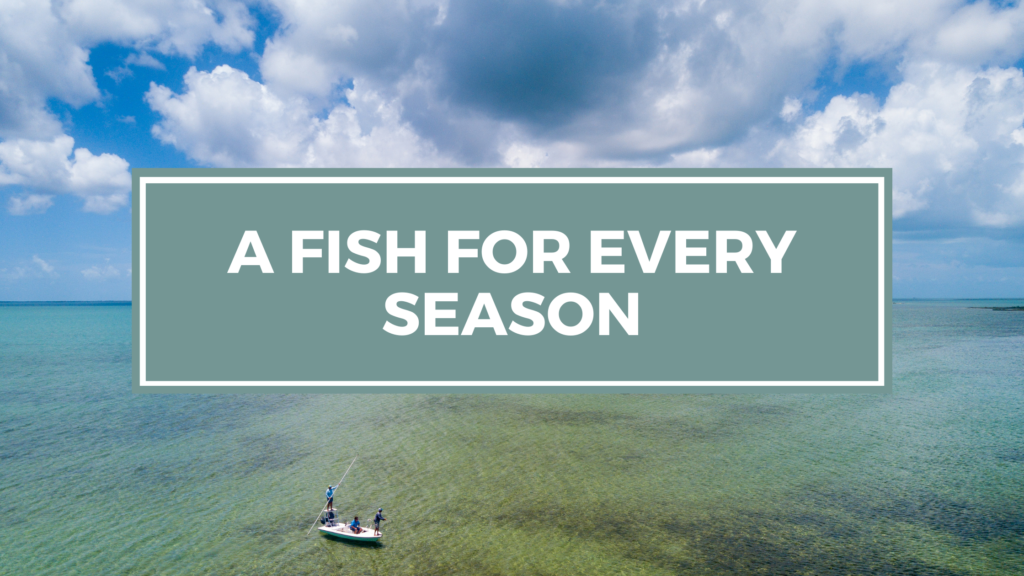A Fish for Every Season: Bahamas Bonefishing
There’s never really a bad time for bonefishing in the Bahamas. After all, most locations enjoy temperate weather year-round. Although there are bound to be windy days, rainy days, and overcast days, temperatures don’t change dramatically between December and June. Notwithstanding this fact, it’s still important to know exactly what you’ll get when visiting at specific times of the year.
Winter – Late December to March
There’s a strong possibility of heavy north easterly winds and cold fronts during this time. This is obviously the coolest season of the year. However, for seasoned fishers, it can also be the most rewarding. Given that larger bonefish are better able to tolerate colder waters, this is a great time to find them. If you aren’t fond of mosquitoes and don’t like having to constantly swat them away, winter is also one of the best times to avoid them.
Spring – April to June
Spring is a bit warmer and sunnier than fall or winter, and the water is significantly warmer as well. This change in water temperature brings out bones of all sizes, and it’s also a time with high catch rates. The bones that you bring in won’t be as long or heavy as the ones that you’ll find during winter, but they’ll also be a little easier attract with the right bait.
April is the start of the bonefish spawning ritual. This is when you’ll find massive schools of floating bonefish. Spring is also a great time to find mutton snapper. Unfortunately, afternoon rains and mosquitoes are also slightly more prevalent during this season.
Summer – July to September
If you have yet to master the art of casting into the wind, summer is the ideal time to schedule your bonefishing trip. This is the warmest season of the year, and thus, the water is guaranteed to be at its warmest as well. Bonefish of all ages and sizes can be spotted, and there are ample opportunities to catch tarpon. Best of all, the winds are consistently at their calmest. However, there may be a slight chance of a hurricane, storm, or tropical depression, so plan your summer trips accordingly.
Fall – October to Early December
October to early December is a time when some of the biggest bones are out searching for food on the flats. Water temperatures are slightly cooler during these winter months and thus, fewer small-sized bones are present. Fall is also a great time for finding permit on the flats. During this season, you can find them in schools as large as 20 fish, and often weighing up to 30 pounds.
With only very slight changes in weather throughout the year, any time is a good time to schedule a bonefishing trip. Certain seasons will mean fewer mosquitoes, stronger or lighter winds, and hotter or rainier afternoons. Accounting for these changes and gearing up for them will give you ample opportunity to bring in impressive bones all year long.








